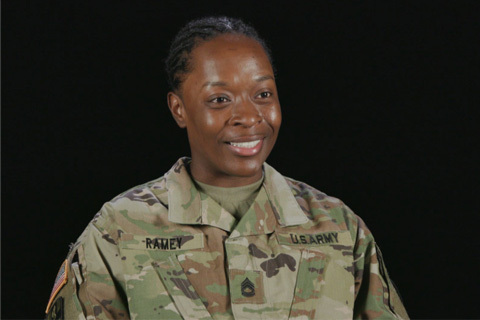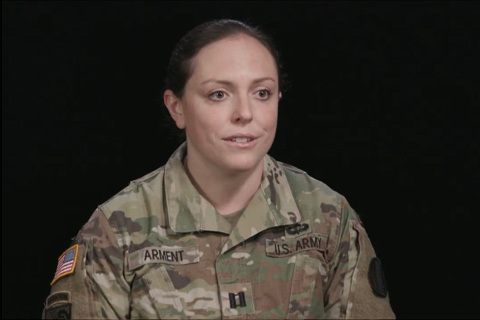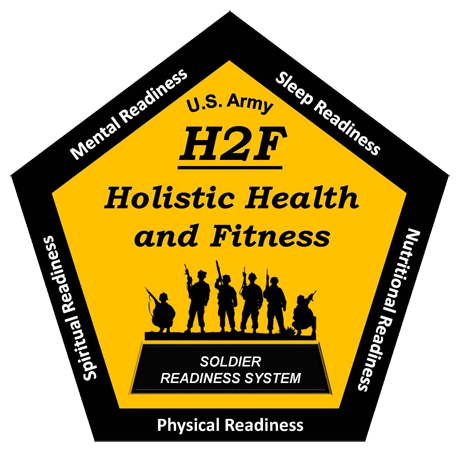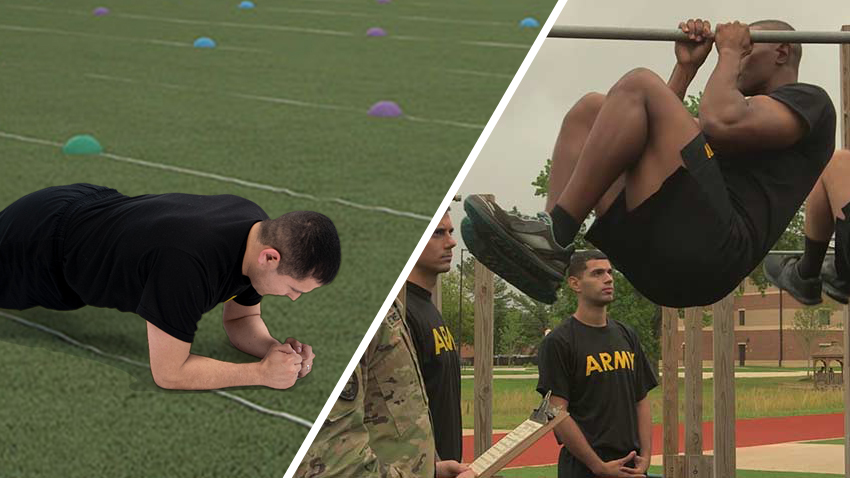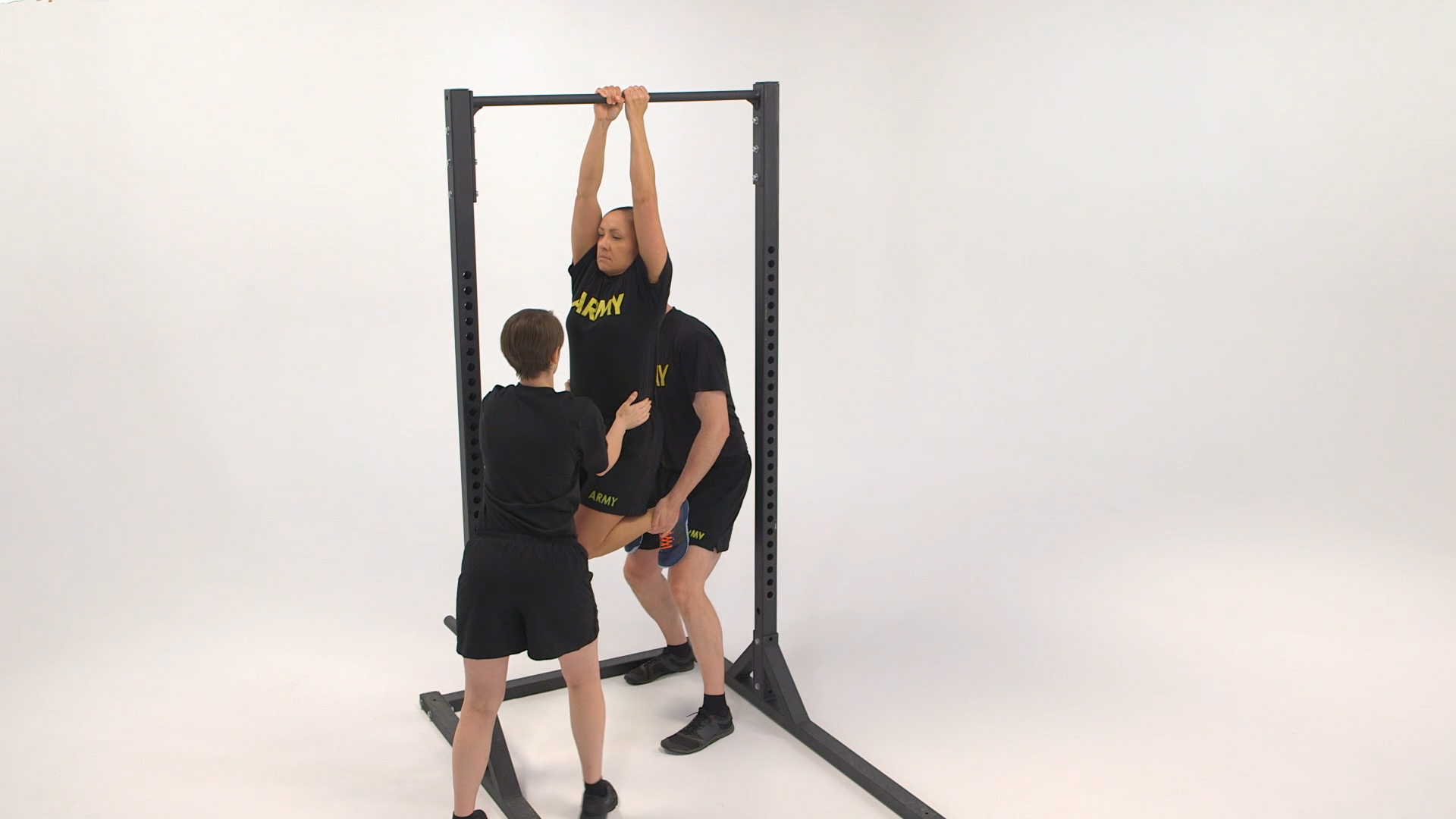The SDC is a test of strength, endurance, and anaerobic capacity, which are needed to accomplish high intensity combat tasks that last from a few seconds to several minutes.
Starting position
On the command “GET SET,” one Soldier in each lane will assume the prone position with the top of the head behind the start line. The grader is positioned to see both the start line and the 25m line. The grader can position a Soldier/battle buddy on the 25m line to ensure compliance with test event standards.
Sprint
On the command “GO,” Soldiers stand and sprint 25m; touch the 25m line with foot and hand; turn and sprint back to the start line. If the Soldier fails to touch the 25m line with hand and foot, the grader watching the 25m turn line will call them back.
Drag
Soldiers will grasp each strap handle, which will be positioned and resting on the sled behind the start line; pull the sled backwards until the entire sled crosses the 25m line; turn the sled around and pull back until the entire sled crosses the start line. If the entire sled does not cross the 25m or start line, the grader watching the 25m turn line will call them back.
Lateral
After the entire sled crosses the start line, the Soldier will perform a lateral for 25m, touch the 25m turn line with foot and hand, and perform the lateral back to the start line. The Soldier will face the same direction moving back to the 25m start line and returning to the start line so they lead with each foot. If the Soldier fails to touch the 25m turn line with hand and foot, the grader watching the 25m turn line will call them back. Graders will correct Soldiers if they cross their feet.
Carry
Soldiers will grasp the handles of the two 40-pound kettlebells and run to the 25m turn line; step on or over the 25m turn line with one foot; turn and run back to the start line. If the Soldier drops the kettlebells during movement, the carry will resume from the point the kettlebells were dropped. If the Soldier fails to touch the 25m turn line with their foot, the grader watching the 25m turn line will call them back.
Sprint
After stepping on/over the start line, Soldiers will place the kettlebells on the ground; turn and sprint 25m; touch the 25m turn line with foot and hand; turn and sprint back to the start line. If the Soldier fails to touch the 25m turn line with hand and foot, the grader watching the 25m turn line will call them back.
The time is stopped when the Soldier crosses the start line after the final sprint (250 meters).
